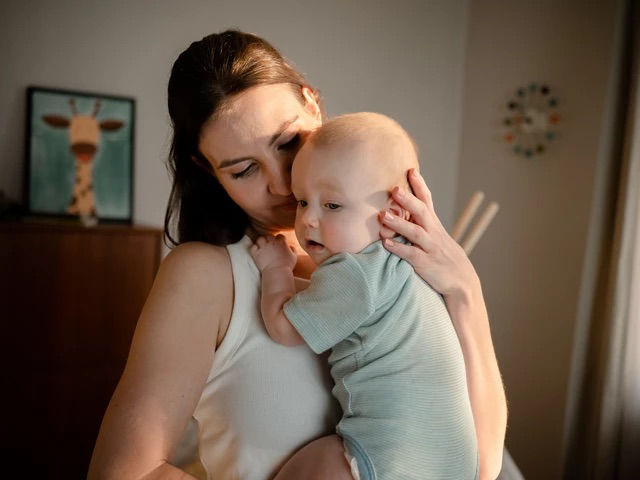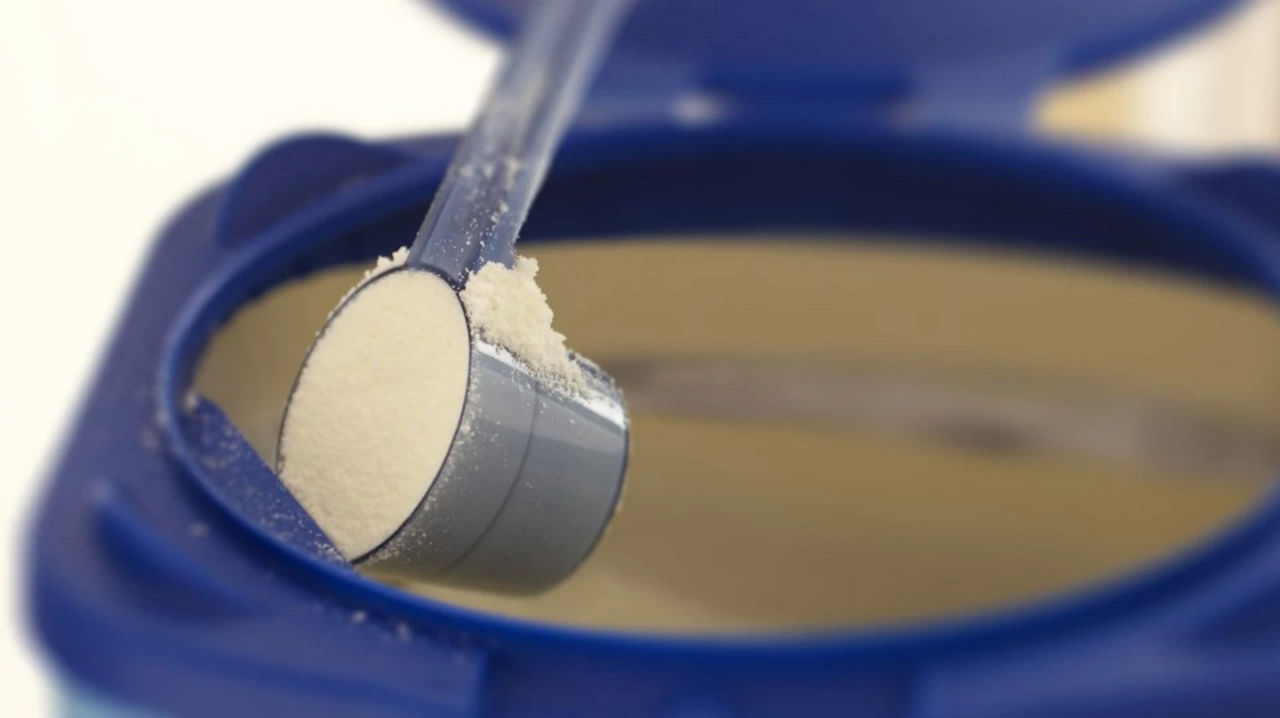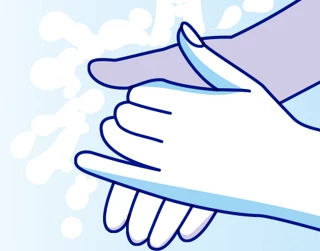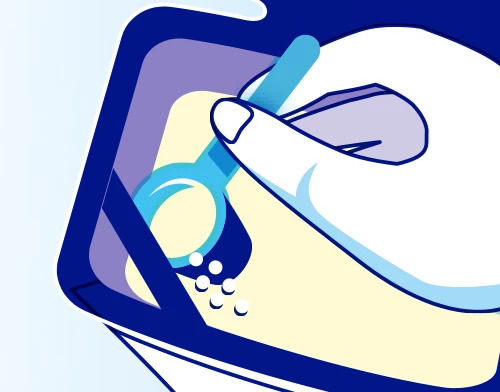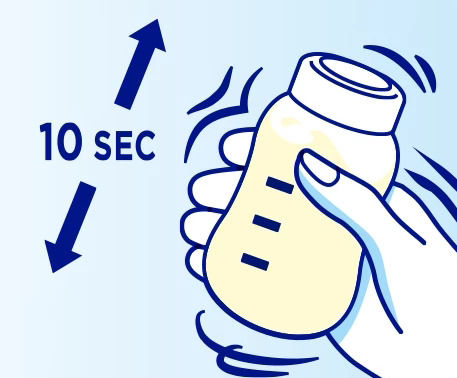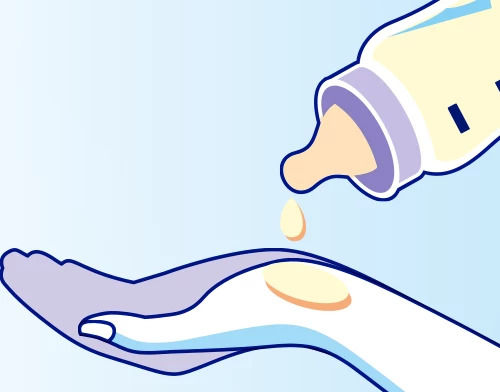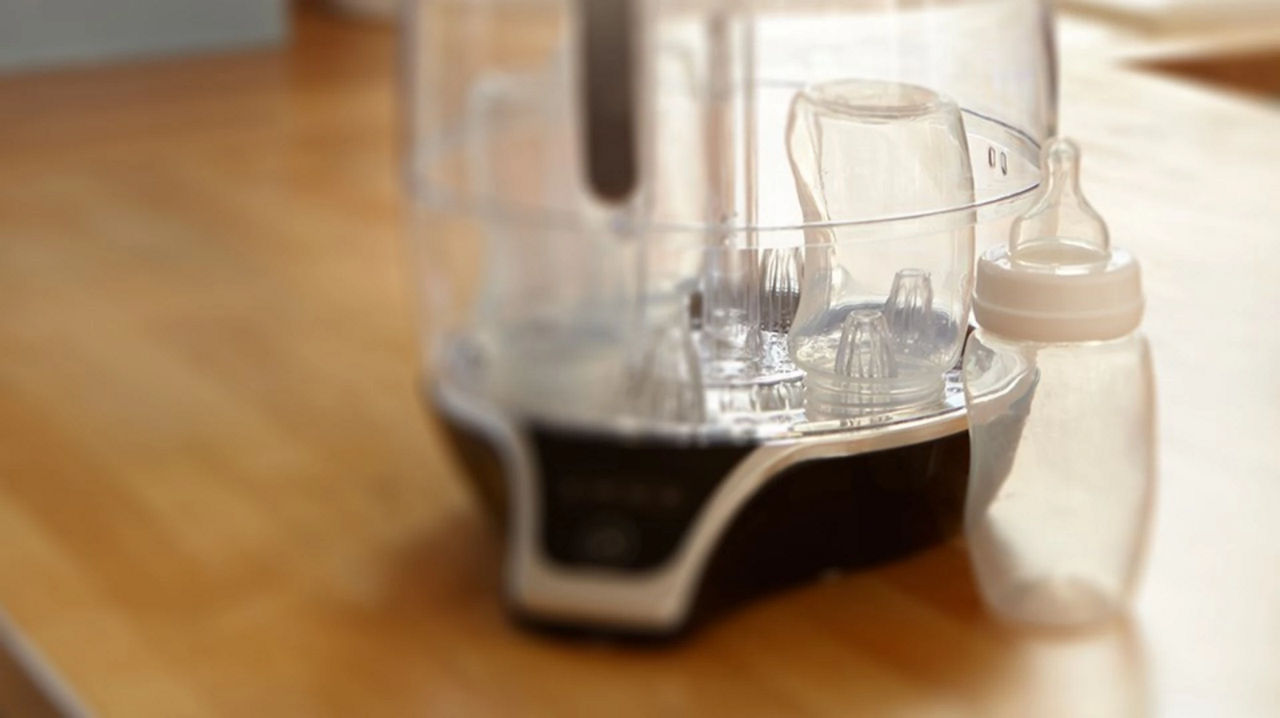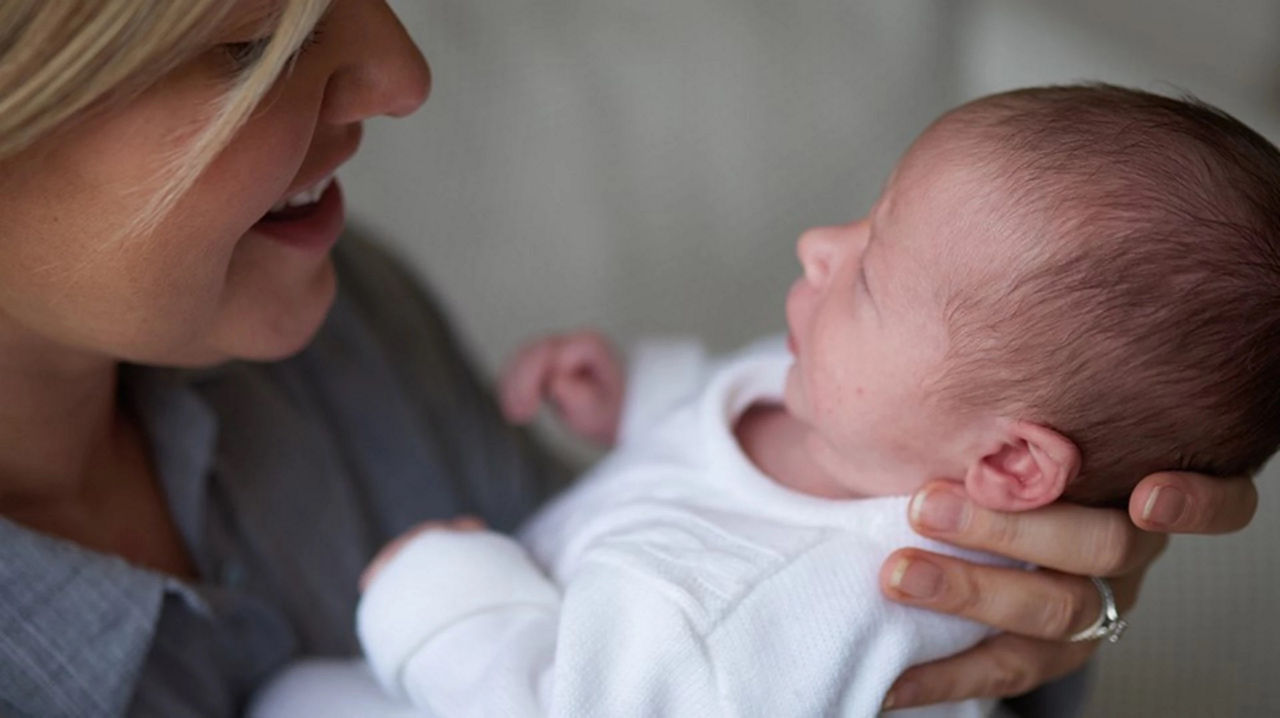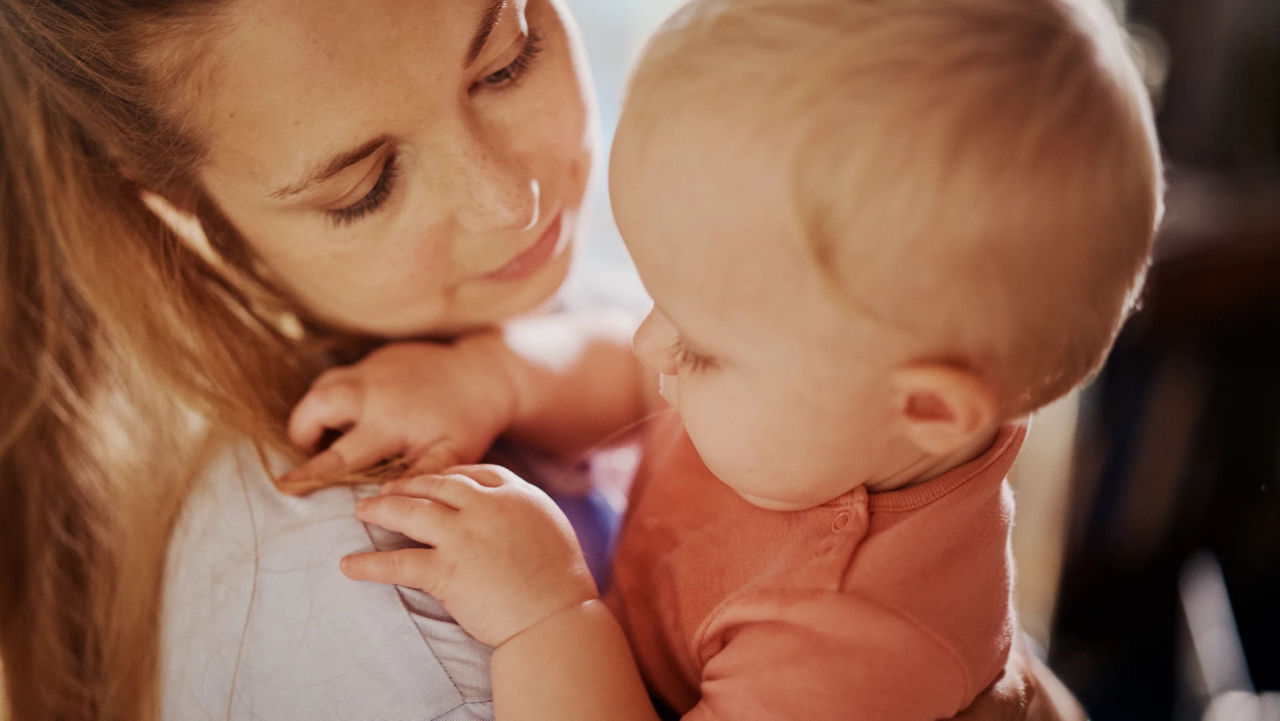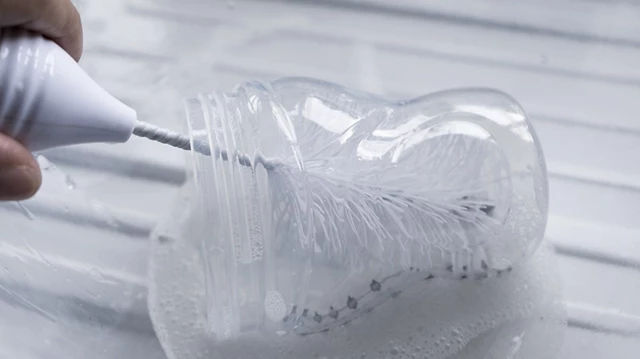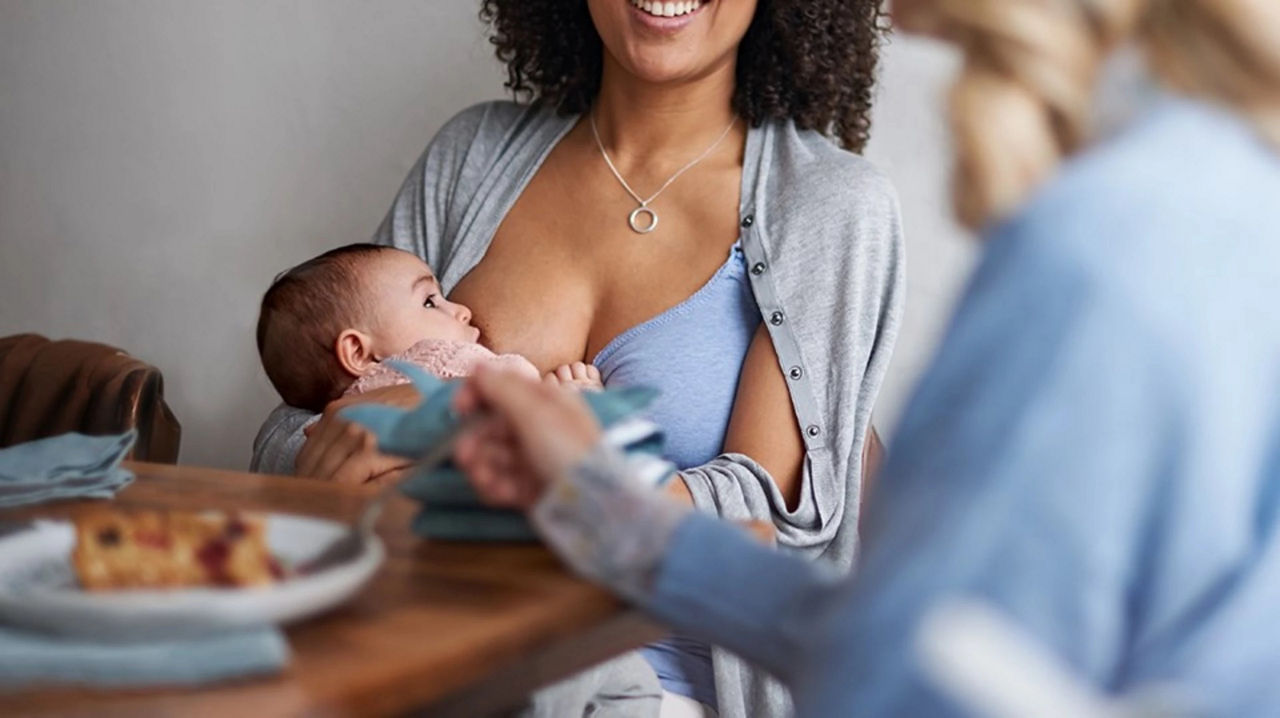The preparation instructions for our new formulation have changed slightly. We recognise we need to do everything we can to make the new preparation process as easy to follow as possible. Our instructions have been designed to ensure our products are prepared safely. See our step-by-step guides and bottle-feeding articles for further assistance.
- Make up each feed as required
- For hygiene reasons, do not store made up feeds and discard unfinished feeds as soon as possible, always within 2 hours
- Do not heat feeds in a microwave, hot spots may occur and cause scalding
- Never add extra scoops or anything else to your baby’s feed
- Never leave your baby alone during feeding
